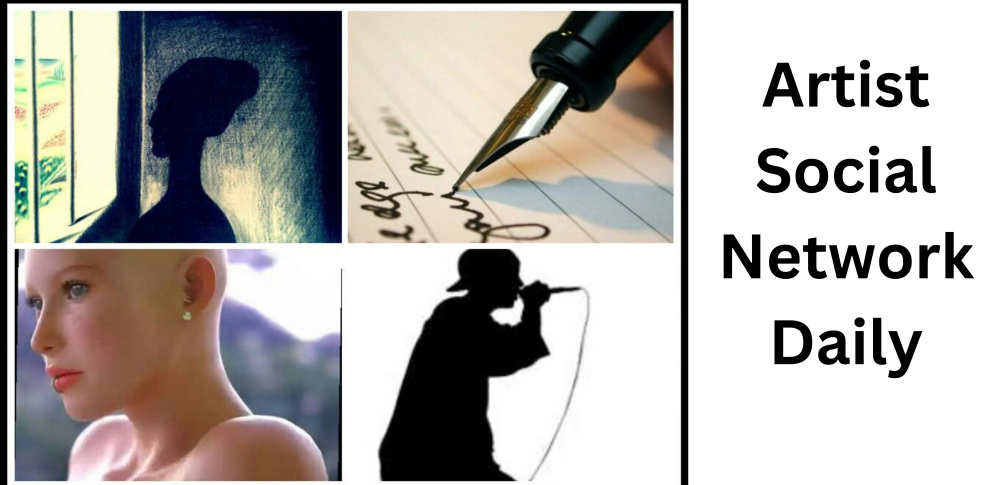
The digital landscape is buzzing. Tools powered by artificial intelligence are producing stunning visuals, intricate artworks, and photorealistic scenes at an unprecedented rate. From fantastical landscapes conjured by Midjourney to unique portraits crafted by custom models, the creative potential seems boundless. This explosion inevitably leads to a critical question echoing in forums and creator communities: Can I actually sell AI-generated images?
The short answer? Yes, but… it’s complicated.
Selling Digital art created by AI isn’t as straightforward as snapping a photo or painting a canvas. It exists in a rapidly evolving intersection of technology, ethics, and intellectual property law. While the opportunity is certainly there, navigating this new frontier requires awareness, diligence, and a strategic approach. This piece explores the nuances, the platforms, the legal considerations, and the strategies involved if you’re considering trying to sell AI-generated images.
The Elephant in the Room: Legality and Ownership
Before dreaming of passive income streams, we need to address the legalities. This is arguably the murkiest aspect of selling AI art.
Copyright Conundrums: The biggest hurdle is copyright. As of now, major bodies like the U.S. Copyright Office have generally held that works created solely by AI without significant human authorship cannot be copyrighted. This means the raw output of many generators might not be protectable in the traditional sense. However, if you significantly modify, combine, or curate AI outputs through substantial human creative effort, the resulting work might be eligible for copyright. The key phrase is “significant human authorship.”
AI Generator Terms of Service (ToS): This is crucial. Every AI image generation tool has its own terms regarding commercial use. Some explicitly grant you full commercial rights to the images you create (often paid tiers), while others might restrict usage or retain certain rights. You must read and understand the ToS of the specific tool you are using. Ignoring this could lead to legal trouble down the line. This directly impacts questions like Can I make money from Midjourney art? (https://www.x-artistry.pics/ai-face-swap) – the answer depends entirely on their current licensing terms for your subscription level.
Platform Policies: Marketplaces where you intend to sell also have their own rules. Some platforms embrace AI art, others ban it, and many are still figuring out their stance. We’ll delve deeper into platforms later, but always check their specific policies regarding AI-generated content. For instance, the question Is it legal to sell AI images on Etsy? (https://www.aifaceswap.art/blog/ultimate-guide-spotting-ai-generated-images-ai-image-generator-tells) depends both on Etsy’s current policy and whether you have the legal right (via ToS) to sell those specific images commercially.
Transparency: Regardless of the legal standing, transparency with buyers is often ethically advisable and sometimes required by platforms. Clearly stating that an image was created or assisted by AI builds trust. Learning How to identify AI-generated images can also help you understand what discerning buyers might look for.
Understanding the Tools and Your Rights
The process of AI image generation typically involves using prompts to guide an AI model. The quality and uniqueness of the output depend heavily on the model, the prompt crafter’s skill, and often, subsequent editing.
Before you even think about selling, rigorously check the license associated with the specific AI art generators you use. Do they allow commercial use? Are there restrictions on how you can sell (e.g., not as NFTs, only as prints)? Do they require attribution? These answers are fundamental. Don’t assume; verify.
Where Can You Market and Sell Your AI Creations?
Assuming you’ve navigated the ToS and believe you have the rights to sell, where can you actually list your work? The options are expanding:
Stock Photo Platforms: Some traditional stock photo sites (like Adobe Stock) are beginning to accept AI-generated images, but often with strict guidelines regarding labeling, model releases (if resembling real people), and intellectual property rights. Others remain hesitant or outright ban AI content. This can be a viable route if you want to Sell AI-generated stock photos for bloggers and businesses, but requires careful adherence to platform rules. The question of Where can photographers sell AI-generated photos? (https://www.x-artistry.pics/free-ai-art-generator) is increasingly being answered by platforms adapting their policies, but always check first.
Print-on-Demand (POD) Marketplaces: Platforms like Etsy, Redbubble, Printify, and others allow you to upload designs that are then printed on various products (posters, t-shirts, mugs) when a customer orders. This is a popular option, but again, subject to platform policies on AI content and the aforementioned legal considerations like Is it legal to sell AI images on Etsy? (https://www.aifaceswap.art/blog/ultimate-guide-spotting-ai-generated-images-ai-image-generator-tells).
Dedicated AI Art Marketplaces: New platforms are emerging specifically designed as an AI art marketplace. These often have a better understanding of the nuances involved and cater directly to creators and buyers of AI visuals. They represent some of the Best marketplaces for digital AI artwork sales currently available, as their infrastructure and policies are built around this specific type of content.
Direct Sales: You can always sell directly through your own website, social media channels (like Instagram or Pinterest), or platforms like Gumroad or Ko-fi. This gives you the most control but requires building your own audience.
Freelancing Platforms: Can Can freelancers sell AI-generated client work? (https://www.deep-swap.art/tools/face-swap) Yes, if they are transparent with the client about the tools used and the client agrees. Using AI can speed up workflows for creating illustrations, concept art, or marketing visuals, but disclosure is key to maintaining ethical client relationships.
Niche Applications: Think beyond traditional art. AI visuals can be valuable assets. You could potentially Sell AI visuals for book covers and eBooks, create assets for game developers, or design unique website graphics.
Finding the right Platforms to sell AI-generated art legally involves researching their specific, up-to-date policies and ensuring they align with the rights granted by your AI generation tool.
Strategies for Success: Standing Out in a Sea of Pixels
Simply generating images isn’t enough. The ease of creation means the market can quickly become saturated. To successfully sell AI-generated images, you need to add value:
Curation and Style: Develop a unique aesthetic or focus on a specific niche. Don’t just sell random outputs; curate collections with a consistent theme or style.
Human Touch & Enhancement: Use photo editing software (like Photoshop or GIMP) to upscale, refine, correct errors, combine elements, or add unique touches to the AI output. This “human element” can also strengthen potential copyright claims.
Prompt Mastery: Become highly skilled at prompt engineering to create truly unique and high-quality images that stand out from basic generations.
Understand Market Needs: Research what kinds of images are in demand. Are people looking for abstract backgrounds, realistic portraits, specific thematic elements? Tailor your creations accordingly. Many see this as one of the more accessible Passive income ideas with AI-generated visuals (https://www.deep-swap.art/tools/video-generation), though significant upfront and ongoing effort is required.
Problem Solving: Offer AI art that solves a specific problem – affordable illustrations for indie authors, unique textures for 3D artists, conceptual visuals for presentations.
Build a Brand: Use social media and platforms like Medium to showcase your work, discuss your process, and build a following around your specific style of Computer-generated art.
For those wondering How to sell AI-generated images online as a beginner (https://www.aifaceswap.art/blog/ultimate-guide-spotting-ai-generated-images-ai-image-generator-tells), the key is starting small, focusing on quality and a specific niche, understanding the legalities, and choosing the right platform for your work.
The Ethical Dimension and the Future
Selling AI art isn’t without controversy. Concerns about AI models trained on existing artists’ work without consent, the potential devaluation of human artistry, and the authenticity of creativity are valid points of discussion. As creators entering this space, being mindful of these debates is important.
The technology is also constantly evolving. We’re seeing advancements in AI face swap technology, sophisticated AI video face swap capabilities, and powerful Video generation AI. Tools are emerging for specialized tasks like AI character creation and even AI virtual try on applications. These adjacent technologies, including various Face swap tools, further blur the lines and expand the possibilities (and complexities) of AI-driven creation and Machine learning art.
The Verdict? Proceed with Awareness
So, can you sell AI-generated images? Yes, the potential exists and is being realized by many creators. However, it’s not a guaranteed gold rush. Success requires:
Due Diligence: Thoroughly check AI tool ToS and platform policies.
Legal Awareness: Understand the current limitations around copyright.
Transparency: Be clear about the use of AI in your creations.
Value Addition: Curate, enhance, specialize, and build a unique offering.
Ethical Consideration: Be mindful of the ongoing discussions surrounding AI art.
The world of AI-generated art is dynamic and exciting. For those willing to navigate the complexities and focus on creating genuine value, selling these digital creations offers a compelling, albeit challenging, opportunity in the modern creative economy.
Ready to explore the tools shaping this new creative landscape? Discover more about advanced AI capabilities and find tools for your projects by visiting: HERE and Here
This post was originally published on this site be sure to check out more of their content





